11 Children of Celebrities Who Rock Like Their Parents


The plane had been in the air for a mere 25 seconds when the pilots noticed weird noises and bizarre vibrations. They tried several ways to improve the situation, but nothing worked. The engine surges continued. And just over a minute into the flight, when the plane reached 3,000 feet, both engines failed: first, the right one; two seconds later, the left one. The pilots decided to return to the airport they had just left. At the same time, they tried to restart the engines. Nothing seemed to work. The flight crew made a decision to pitch the plane down and then level it off. Perhaps it could help them gain some speed for the glide! But soon, they realized they wouldn’t make it to the airport. Was the plane going to crash?! That’s when the Miracle at Gottröra occurred.
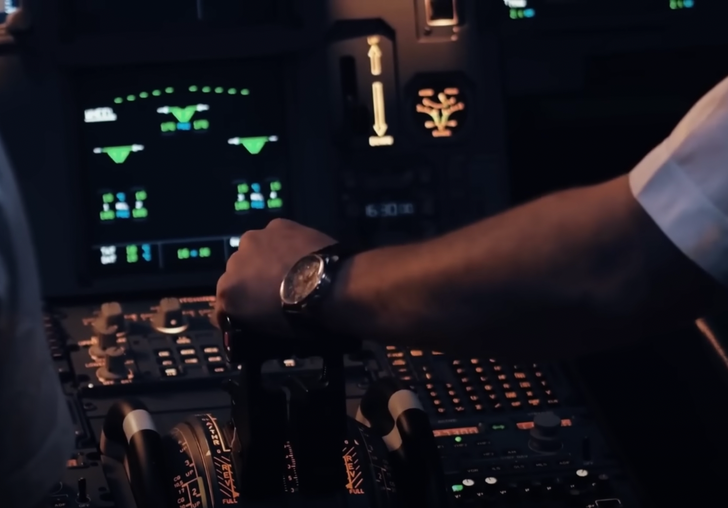
The morning before the flight started as usual. Regular pre-flight procedures. Good weather. The members of the flight crew were experienced pilots: a 44-year-old Danish captain with over 8,000 flight hours under his belt and a 34-year-old first officer from Sweden with 3,000 hours. So, what could go wrong? The plane itself was almost brand-new. It was a McDonnell Douglas MD-81 nicknamed Dana Viking. It made its first flight on March 16, 1991. By that fateful day, the aircraft had been in service for a mere 9 months. There were 122 passengers and 7 crew members on board. Flight 751 Scandinavian Airlines was a scheduled flight from Stockholm, Sweden, to Warsaw, Poland. On the way, the plane was supposed to make a stop in Copenhagen, Denmark.
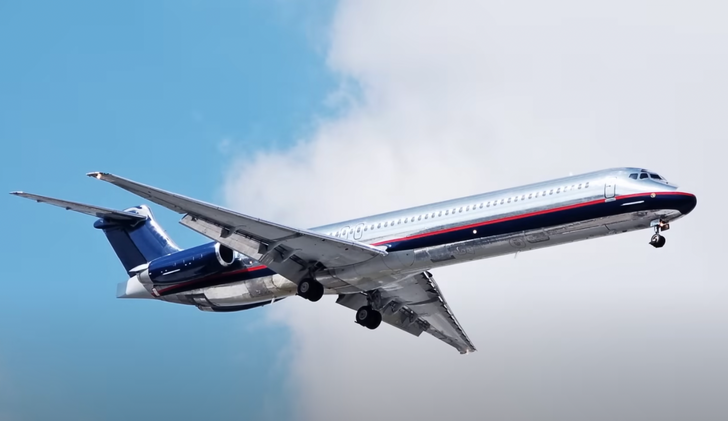
The aircraft took off from Stockholm according to its schedule — at 08:47 AM local time. But by that point, the people inside had already been doomed. All because of a terrible sequence of events before the departure. It started the night before. The plane arrived at Stockholm Airport after a flight from Zurich. It was 10:09 PM. The aircraft spent the night at the gate outside. It was cold — the temperatures dropped to 34˚F — just above freezing. What made the situation even worse was that almost 6,000 lbs of freezing-cold fuel, chilled during the flight, still remained in the tanks located in the wings. The fuel was so cold because the plane had been flying at the cruising altitude, where the air temperature outside the cabin varied from −61 to −80˚F. The flight from Zurich lasted around 1 hour and 40 minutes.
Soon after midnight, a flight technician came to check on the aircraft. The man had to remove some slush from the landing gear. Otherwise, he wouldn’t be able to examine it. At around 2 AM, when he was leaving, he noticed some ice covering the upper part of the wings. By the morning, the situation had become even direr: a layer of clear, almost invisible ice had formed on the tops of the wings. The plane had to leave the gate at around 08:30 AM. An hour before the departure, the mechanic responsible for the plane noticed that some ice covered the underside of the wings. He decided to make sure there was no ice on the tops of the wings.
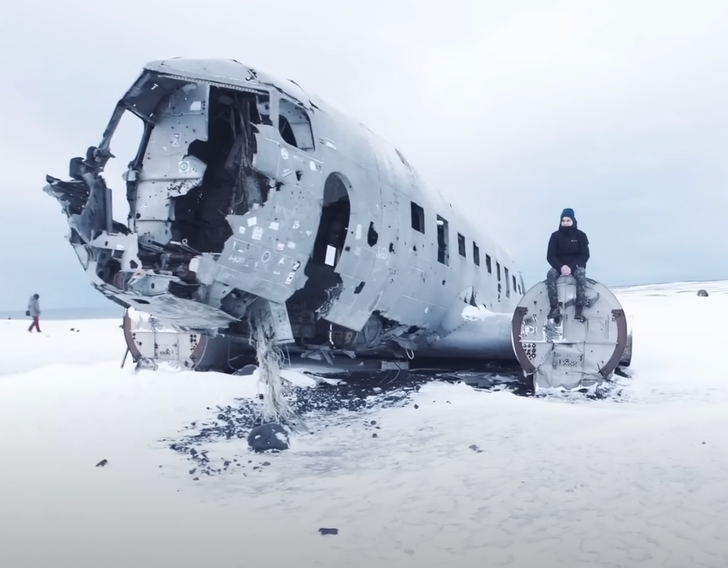
He climbed a ladder and put one knee on the wing. Then he bent forward to touch the front part of the wing. There was no ice, just some slush. The mechanic decided to make sure everything was fine with the air inlet of one of the engines — he didn’t find anything abnormal. Soon after that, the personnel used more than 220 gallons of de-icing fluid to remove ice from the plane. The mechanic consulted with the captain of the aircraft and ordered the staff to de-ice the underside of the wings as well. After all, he HAD seen some ice there. But no one thought to double-check if there was clear ice on the tops of the wings. After they had finished the procedure, the mechanic reported to the captain, “We’re done here. De-icing finished. There was a lot of snow and ice, but everything’s clear now.” The captain thanked the mechanic and carried on with the pre-flight procedures.
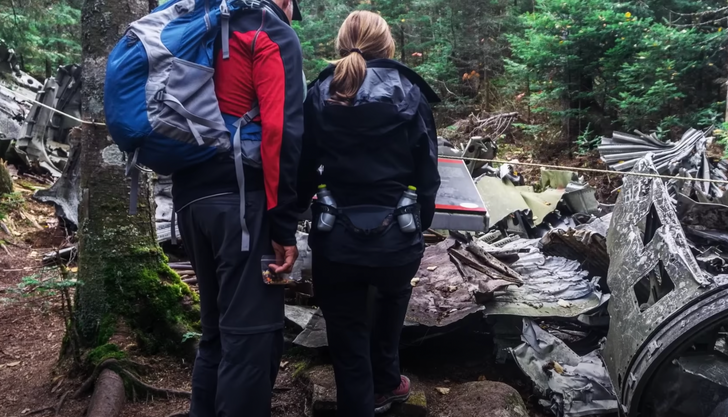
The plane taxied to the runway. Its engines’ anti-ice systems were switched on and didn’t show any malfunction. But several passengers later claimed they had seen ice sliding off the upper side of the wings while the plane had been taking off. And still, the plane left the ground and headed for Stockholm as usual. But shortly after the takeoff, several pieces of the overlooked ice broke off. At full speed, they slammed into the fans of the engines near the tail on both sides of the plane, ruining the blades. It led to a series of surges. And the rest is history. Meanwhile, somewhere in the cabin, Scandinavian Airlines Flight Captain Per Holmberg, who was on board as a passenger, noticed something was amiss. At first, he informed the flight attendant sitting in the rear jump seat that the right engine was surging. She tried to contact the flight crew — unsuccessfully.
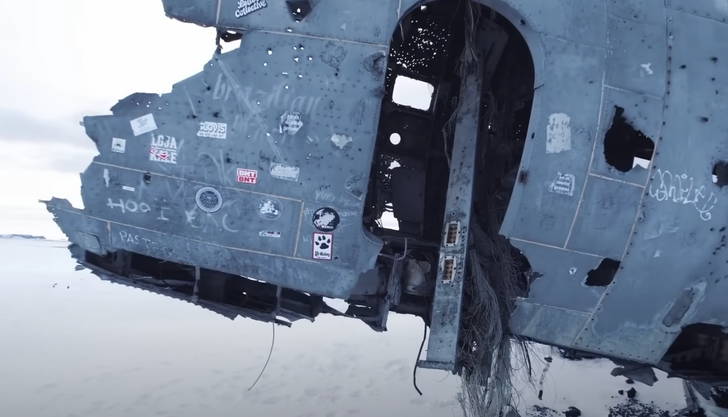
Then the ununiformed captain rushed to the cockpit and asked if he could help the pilots. The first officer gave him the emergency checklist, and the captain asked him to start the auxiliary power unit (a small gas turbine in the tail of the plane). Holmberg’s advice and help were invaluable, but was it enough to save the plane and the people inside? When the plane emerged from the cloud cover at an altitude of 890 ft, the pilots realized they wouldn’t have enough time to make it back to the airport. An immediate emergency landing was unavoidable. The assisting captain passed the order to the cabin crew, and they started preparing the passengers.
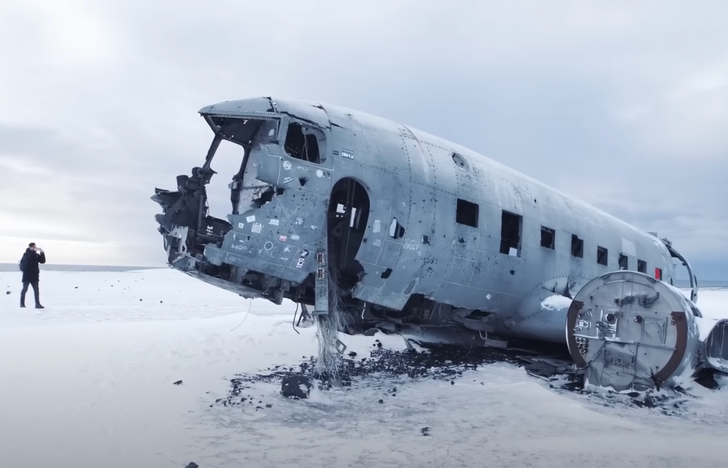
There was a large field to the north of the plane. But the captain realized they didn’t have enough time to reach it. So he chose a much smaller field in a forested area in the direction of flight. It was not far from the village of Gottröra in Uppland, Sweden. The plane was just 1,0 ft above the ground when the assisting captain started extending the flaps. At the height of 183 feet, the captain reported to Stockholm control, “We’re crashing to the ground.” Seven seconds later, the plane hit several trees and lost a huge chunk of its right wing. By that time, the landing gear had already been extended, and the speed had decreased to 139 mph. Moments later, the plane’s tail struck the ground and broke off. The aircraft kept sliding across the field still at high speed.
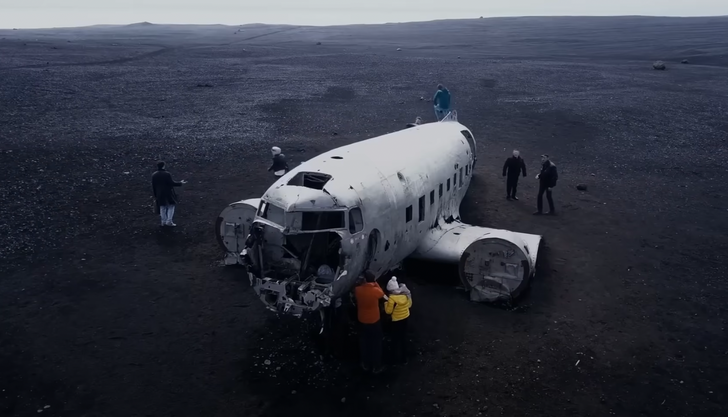
It traveled 360 feet, with its main landing gear leaving marks on the field. At one point, the plane lost the main and nose landing gear. Its fuselage broke into three parts. Miraculously, there was no fire. If you look at the pictures from the crash site — the plane torn into pieces, with its parts scattered across the field — it’s hard to believe that all 129 people on board the plane survived! It seems like a miracle. But it was also thanks to the flight attendants’ quick reaction and the correct instructions they gave the passengers. They didn’t panic and told the people to adopt the brace position just in time to avoid fatalities. Even more surprising, almost all passengers, except for four people, made their way out of the plane on their own! No wonder this accident got nicknamed “the miracle.”
The aircraft, though, wasn’t as lucky. The 9-month-old plane was damaged so badly that it was an immediate write-off. Everyone praised the actions of the flight crew. The landing was incredibly skilled — especially in such a fast-developing, very dangerous situation. The captain himself admitted that few pilots were ever forced to put to the test the skills they got during training — at least, not to this degree. He said he was proud of his crew and relieved that everyone had survived. And... he never returned to piloting commercial planes.











